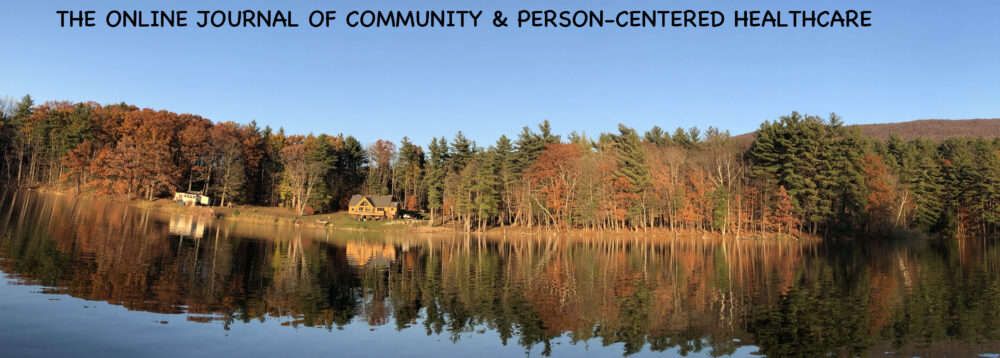“Find a job you enjoy doing, and you will never
have to work a day in your life.” ― Mark Twain
Dermatology Mondays: On a Global Scale
Omid Zargari, M.D.1, David J. Elpern, M.D.2, Gregor Jemec, M.D.3
- Dana Clinic, Rasht, Iran, E-mail: ozargari@gmail.com
- The Skin Clinic, Williamstown, Massachusetts, USA
- Roskilde Hospital, University of Copenhagen, Denmark
Key Words: Epidemiology, skin cancer, psoriasis, acne
Funding source: None
That’s when I first learned that it wasn’t enough to just do your job, you had to have an
interest in it, even a passion for it. ― Charles Bukowski
Each Monday, as physicians, we start our “work week.” If one happens to live in Iran, the week actually begins on Saturdays. But that doesn’t matter. The job we do is linked to humanity not chronology.
We look at our patients’ lesions and we palpate their skin, but first we listen their stories. Based on our years of study and training, we seek information from what we hear and see. . We contemplate, explain, counsel and recommend. Our job is to try to help all comers; and eventually we become part of their stories.
As a consequence of continuous changes in medicine, the practice of dermatology in the future is certain to be different from today. However, the lesions and the stories will remain the same. They are what drive the patients to seek our help and it has always been.
The practice of dermatology may vary in in different parts of the world, depending on the circumstances our patients experience, the environment, the genetics, the vagaries of the health care systems or any of number of other factors. So while we may think we are bound together by our specialty we may all be doing different things. We may be as different as our patients.
We, therefore, did something simple. We asked a group of colleagues who work in different parts of the world to collect the first ten cases on a given Monday in their practices to gauge the dimensions of dermatology as it is practiced routinely. Not as big data, or formal epidemiological studies, but as the personal encounters that constitute the work we do. It is a snapshot in time of global dermatology.
Twelve colleagues from 12 countries participated. (Fig. 1) The youngest was 36 years old and the oldest 73, with a range of 6 to 36 years of experience. The diseases were as varied as those who treat them: cutaneous infections (22 patients) were the most prevalent skin diseases, most likely reflecting the special role of the skin as the interface between man and his environment. It may be that our journals are full of papers on inflammatory disorders and cancer, but perhaps simple infections need to be re-evaluated in the perspective of global dermatology. In particular, fungal infections are the most common infectious diseases. Dermatitis (16), acne (16), psoriasis (12) and skin cancers (7) are among the common non-infectious skin conditions (Table I). Certainly, neither this approach nor this amount of data can be analysed statistically, but it gives us a glimpse of today’s dermatology. It provides a glimpse on an anecdotal, human scale, and even from this small data, we important differences present themselves. Dermatologists do not do the same things all over the world, although they all treat skin disease. It appears obvious that the environment; physical as well as psychological, social and economic, influences the work. One would not expect less. So, while skin cancers are the main skin problem in the West, infectious diseases are still the main reason of referrals to dermatologists in less developed countries, reflecting the life-style and expectations of our patients.
In the globalised world of internet and easy communication this anecdotal approach could be also considered as a “mega-grand rounds”. For instance, a patient from a Cuban dermatologist can be discussed by experts in the field:
Patient# 3 was an old patient of mine. About 3 years ago, in 2013 he was hospitalized and referred to me with pruritus, with oily and adherent scales, vesicular lesions on his scalp, shoulder blades, face and trunk. I did the biopsy which confirmed my diagnosis of Penphigus erytematosus . I prescribed prednisone 60 mg during 2months, until cessation of new blister but I can’t stop the treatment… never. Every time I tried to discontinue the prednisone but appear again the blister. The minimal effective dose was 10mgs once a day since 15 month ago until today when the patient come with a new lesion that started 8 days ago. I decide to increase the dose to 20mg/daily.
Elsewhere they might consider methotrexate or rituximab, but again the environment of where we practice shapes our work. Not only the patients’ expectations and diseases are shaped, but our traditions and opportunities as well. So although we may have more in common than we think, important differences exist. These are sometimes seen as obstacles, but in a globalised world they are better seen as sources of inspiration, providing global opportunities on a humane scale. That cannot be bad.
Acknowledgment:
We would like to thank all of our colleagues and friends who participated; Otto de Azevedo Bastos, Dario Fai, Sultan al-Khenaizan, Nejib Doss, Douglas Johnson, Koushik Lahiri, Junko Katok, Jose C. Pascual, Yisel Piña Rodriguez and Umit Tursen.
Greger and Omid concocting the idea for this study


